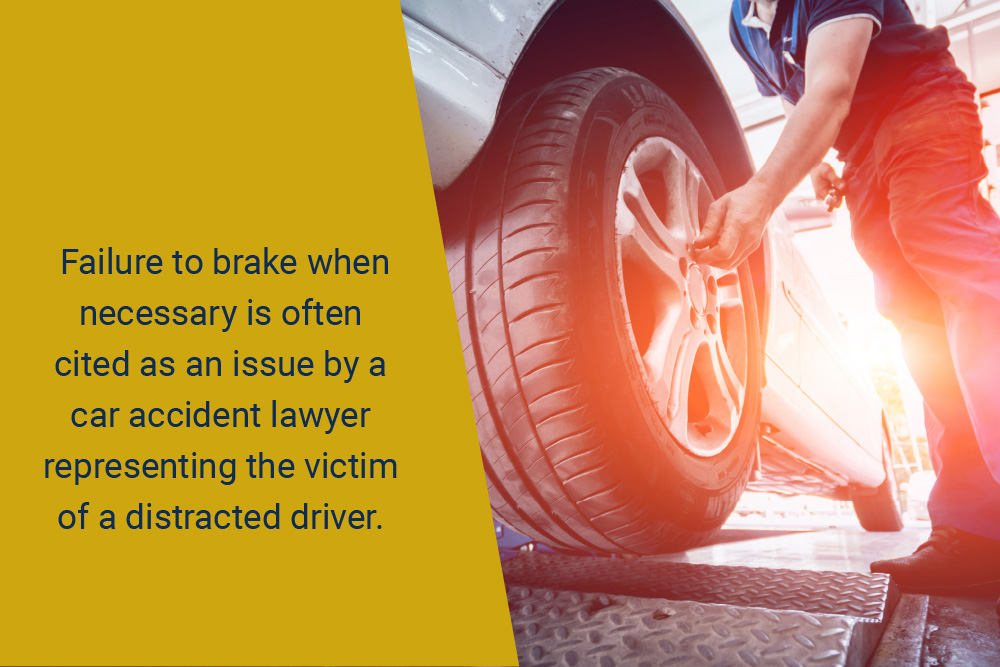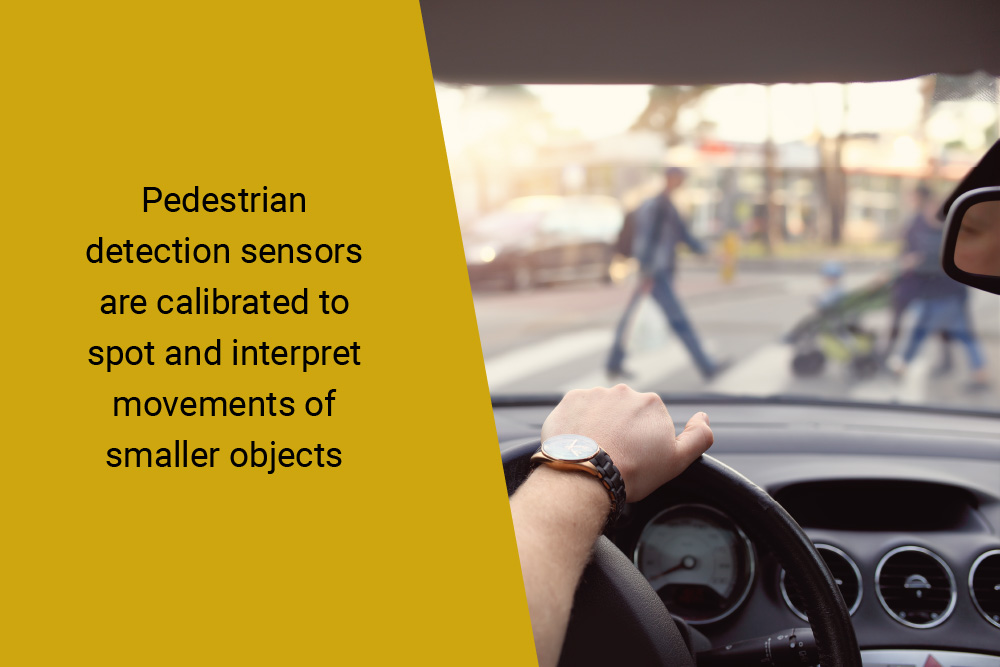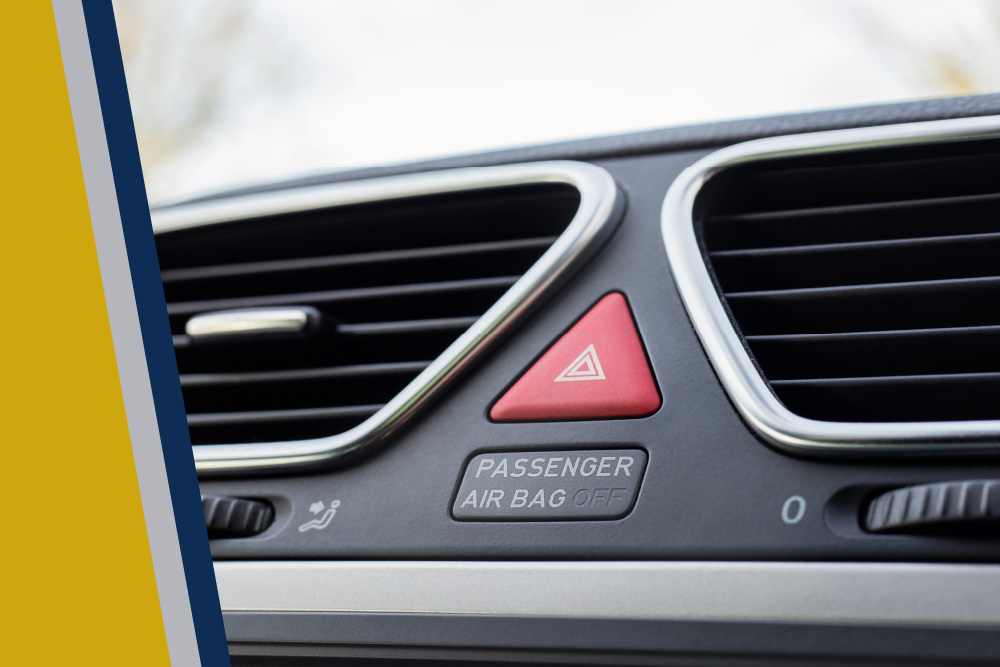by tfarino
Share
Share

Safety features in automobiles have a long history of helping people survive accidents and minimize injuries. The National Highway Transportation Safety Administration estimates that seat belts saved nearly 375,000 lives after U.S automakers were required to include them in all models starting in the 1960s. Since then, 21st-century technology has ushered in a host of advanced safety features. Our injury lawyers in Las Vegas took look at the top car safety features in 2021.
1. Forward-Collision Warning
Sensors on the front of the vehicle monitor vehicles or objects ahead of you. When you get too close, a warning signal alerts you to the need to stop. Some vehicles may only have the alert system whereas others may combine the FCW with an automatic emergency braking system.

2. Automatic Emergency Braking
Over the last few years, AEB has become commonplace among new vehicles. In 2015, 20 automakers pledged to make AEB standard on all vehicles by 2022. As a result, the majority of 2021 models have this system that the NHTSA has identified as a big boost for traffic safety. An AEB works with sensors that detect hazards and automatically apply brakes without driver intervention to avoid crashes or at least reduce their severity. This safety feature could alleviate accidents caused by distracted drivers. Failure to brake when necessary is often cited as an issue by a car accident lawyer representing the victim of a distracted driver.

3. Blind-Spot Monitor
Sensors on a vehicle’s mirrors and bumper help you overcome the challenge posed by your blind spots. A warning signal will tell you when something enters your blind spot.
4. Lane-Departure Warning
Whether you’re digging a breath mint out of your purse or nodding off in exhaustion, a vehicle outfitted with a lane-departure warning will sound an alarm when you start to drift. A chance to correct your course could easily spare you from an accident that could prompt an injury victim to consult a car accident lawyer Las Vegas.
5. Lane-Keeping Assist
This system relies on sensors that can detect brightly painted lane markings. If your vehicle drifts toward a line, the technology corrects your course. A driver may counteract it by using the steering wheel.
6. Pedestrian Detection
Pedestrian detection sensors are calibrated to spot and interpret movements of smaller objects that appear to be people on foot or bicycles. PD may either issue an alert or also apply brakes automatically. Pedestrian accidents are increasingly prevalent. Victims often seek the aid of a car accident attorney Las Vegas to recover compensation for medical expenses.

7. Rear Cross Traffic Warning
Backing into someone or something in a parking is not only embarrassing but could result in a claim on your insurance. RCTW sensors tell you if something appears behind or to the side of your vehicle when you move in reverse.
8. Adaptive Cruise Control
Maintaining a safe following distance is an important way to avoid crashes. Adaptive cruise control monitors the vehicle in front of you and automatically adjusts your speed to keep you in a safe position.

9. Facial Recognition
Facial recognition sensors are not meant to see who is driving but whether that person is paying attention. The sensors check the position of the driver’s face and eyes. If a driver appears inattentive, an alert sounds. This safety feature could cut into the destructive trend in distracted driving. Every injury lawyer Las Vegas has had to pursue compensation for victims hurt by people who simply were not paying attention to the road.
10. Center Airbags
Front and side airbags have been standard in vehicles for many years. In 2021, you can expect to find more car models with center airbags. These airbags deploy between the driver and passenger with the purpose of preventing two people from knocking their heads together during a side-impact collision or rollover. They could reduce the incidence and severity of brain, neck, and spine injuries.
11. Crashworthiness
Many modern safety features involve driver-assist technology. Crashworthiness refers to the entire structural design of a vehicle that can influence what happens to occupants in a wreck. The Insurance Information Institute rates vehicles according to their crashworthiness by assessing the strength of the passenger compartment, or safety cage, and the crumple zones on the front and back of a vehicle. Crumple zones absorb impact forces and reduce their effect on the passenger compartment.
Reckless Driver Behavior Responsible for Many Accidents
Advanced safety features on 2021 vehicles can only go so far. Unsafe driver behaviors can unravel all safety mechanisms in a heartbeat. Statistics from the NHTSA for 2019 listed speeding as the most significant factor in 17% of fatal traffic accidents. Street drugs, alcohol, and medication played a role in 10% of fatal crashes that year. Clearly negligent actions like these are exactly the type of evidence that a car accident lawyer strives to document when trying to collect an insurance settlement for a victim.

Las Vegas Injury Law
Although advanced automotive safety features are reducing traffic risks, millions of older vehicles remain on the road. Unsafe vehicles or reckless drivers continue to leave people hurt and saddled with financial problems. If you need help filing an insurance claim and proving that the driver who hit you was at fault, then Moss Berg Injury Lawyers will provide you with a free consultation. We’ll evaluate your case and recommend your next steps. Our firm has the resources to investigate accidents, wrangle with insurance companies, and go to trial when necessary. Schedule a meeting with us right away.

